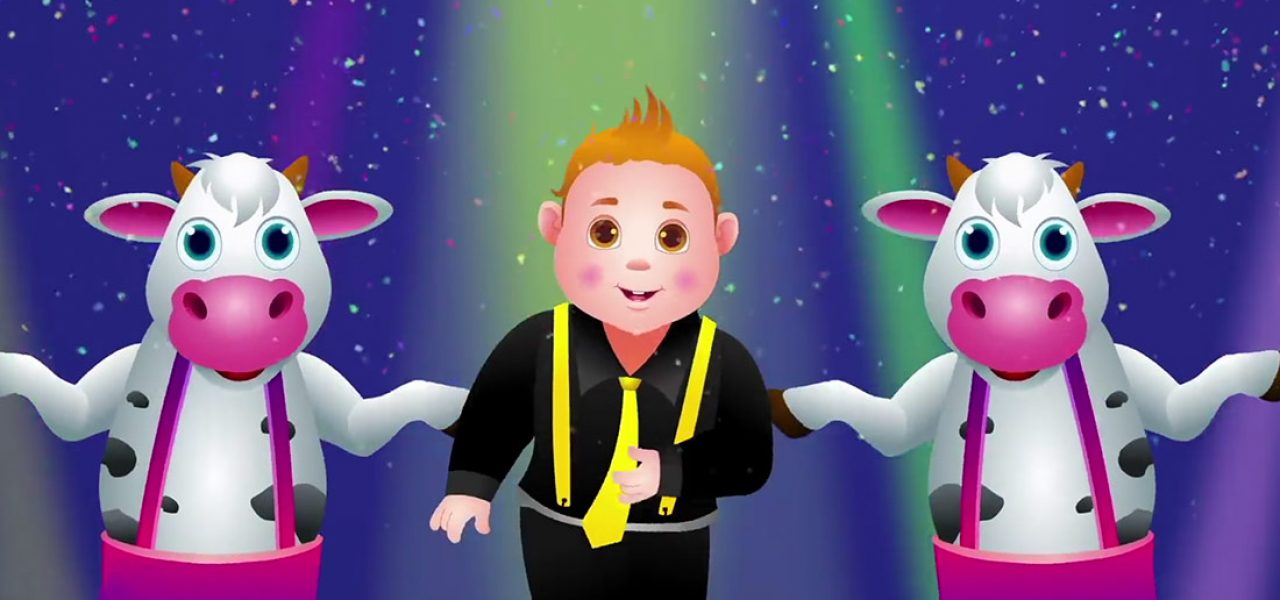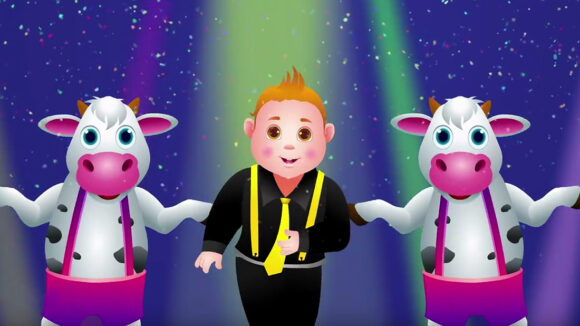

The 10 Most-Viewed Pieces Of Youtube Animation Aren’t What You Might Expect
The internet’s great promise for filmmakers was that it would revolutionize the world of distribution, opening up untold new opportunities for creators to distribute their films to the global masses without having to go through the traditional gatekeepers like film distributors, tv channels, and movie studios.
It hasn’t quite worked out that way though. There are new gatekeepers, and unlike before, filmmakers have no idea who the gatekeepers are, what they’re looking for, or whether they’re even human.
Out of curiosity, we did a little research on what the ten most-viewed animated videos currently are on Youtube. The results were surprising to say the least.
Each of Youtube’s most-viewed animation videos has anywhere between 1.1 to 3.2 billion views. The videos range in length from under two minutes to over one hour long. The earliest video was posted back in 2007 and the newest one in 2016. What they all share in common is that they are directly targeted to very young children – or contain content that could be enjoyed by very young children.
The top two videos are distributed by channels which are both among Youtube’s top 10 most-viewed channels. The Little Baby Bum channel (the name alone tells you everything you need to know), which produced Wheels On The Bus, has 17.38 billion views across all of its videos, while the Get Movies channel, which hosts Masha and the Bear and specializes in Russian children’s animation, has 17.18 billion views across all of its videos.
Possibly the most surprising aspect is the lack of production standards in the most-viewed animated films on Youtube. While there are a few professional productions among the batch – a “Let It Go” sing-along from Disney’s Frozen and multiple episodes of Masha and the Bear, produced by Moscow’s Animaccord Animation – most of the videos contain amateurish cg and digital 2d animation that falls below the standards of any professionally produced preschool series that might air on a preschool or children’s network.
What’s interesting about this deficit of production values is that there is no similar correlation on the live-action side. The vast majority of the most-viewed live-action videos are music videos, and nearly every single one of them is a song by a professional musician with an accompanying video produced by professional filmmakers.
It’s also important to note that none of these most-viewed videos became popular organically. Youtube has played a role in making each of these films popular. No one understands how their algorithms work or if there is a human factor involved in the curation of their most-viewed content – the Google-owned company’s methods are completely opaque to creators – but there has been enough information published by now that makes it clear that success on Youtube is not entirely based on the pure popularity of a work.
Here’s an amazing story recently told to me by an animation filmmaker who has films on Youtube, which illustrates how completely random and illogical Youtube is as a platform for creators. This filmmaker had accumulated 10 million Youtube views on a single short film over a four-year period. Then, one day last June, Youtube suddenly started promoting the short film as a suggested video.
In just the last two months, the video has accumulated an additional five million views, 50% of all the views it received in the previous 48 months. If Youtube had promoted the film from the beginning, the film’s views would have been around 120 million rather than its current 15 million.
This filmmaker further explained that their account had been dormant for the last six months. The filmmaker is not regularly posting new content to their account, and they had done nothing to encourage Youtube to promote the video. It simply happened with no explanation.
It’s unfortunate that Youtube, the biggest platform for online video in the West, has made it virtually impossible for animation filmmakers to use as a platform for building an audience to generate consistent income. How can an animation creator who doesn’t want to create content for 2-4 year olds use Youtube as a platform to grow an audience that could, in turn, generate reliable revenue? The company offers no guidance on how to do so. And how do preschool creators who want to create quality educational content compete with the hundreds of thousands of shoddily produced content that Youtube’s algorithms seem to favor?
The internet didn’t destroy the gatekeeper, but it did create a new gatekeeper, and this one may be worse than any of the ones that preceded it.
Here’s a list of the ten most-viewed animated videos on Youtube, as of this afternoon.
1. Masha and the Bear “Recipe for Disaster”
Year: 2012
Channel: Get Movies
Views: 3.22 billion
2. Wheels On The Bus
Year: 2014
Channel: Little Baby Bum
Views: 2.14 billion
3. Baby Shark Dance
Year: 2016
Channel: Pinkfong!
Views: 1.59 billion
4. Frozen “Let It Go” Sing-along
Year: 2014
Channel: Disney UK
Views: 1.55 billion
5. Johny Johny Yes Papa
Year: 2014
Channel: ChuChu TV Nursery Rhymes & Kids Songs
Views: 1.52 billion
6. The Gummy Bear Song
Year: 2007
Channel: I Can Rock Your World
Views: 1.47 billion
7. “Crazy Frog” – Axel F.
Year: 2009
Channel: Crazy Frog Vevo
Views: 1.34 billion
8. Pulcino Pio “El Pollito Pio”
Year: 2012
Channel: Pulcino Pio
Views: 1.18 billion
9. Masha and the Bear “Bon appétit”
Year: 2012
Channel: Get Movies
Views: 1.15 billion
10. Johny Johny Yes Papa
Year: 2016
Channel: Looloo Kids
Views: 1.12 billion

.png)